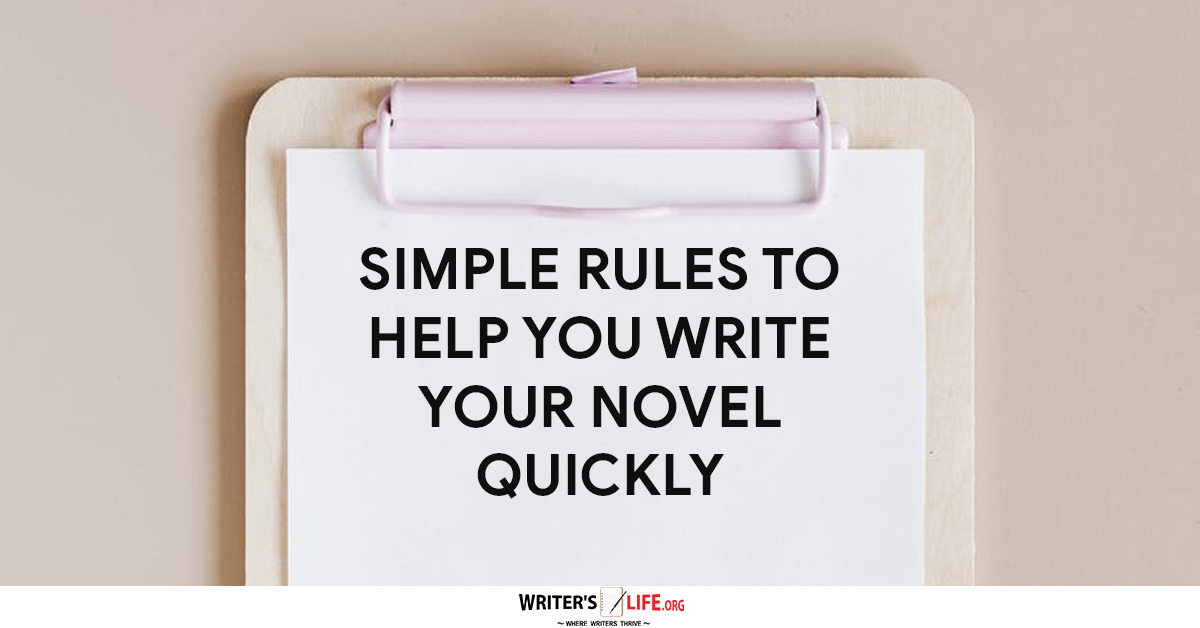- How To Tackle Jealousy In Creative Writing
- Common Submission Mistakes
- How To Stop Your Blog Becoming Boring
- The One Thing Every Successful Writer Has In Common
- How To Make Yourself Aware Of Publishing Scams
- Why Almost ALL Writers Make These Grammar Mistakes At Some Point
- 5 Tips For Authors On How To Deal With Rejection
- Top Mistakes to Avoid When Writing a Novel
- How to Avoid Common New Writer Mistakes
- 10 Mistakes New Fiction Writers Make
How To Make Your Story Flow

There are many elements that writers need to consider when crafting a story. We often focus on plot, characterization and creating believable, vivid worlds. However, another point to consider is the flow of the story.
Good stories have a certain rhythm, they have peaks and troughs, and they ebb and flow like a river running to meet the sea.
Stories should flow so that they move seamlessly from one part to the next, drawing the reader in deeper and deeper as they do so. They should have a movement that carries the reader along taking them on an adventure right to the very end.
However well you think you have got your story down, the smooth flow isn’t a given. Writers can easily disrupt the flow of their stories without meaning to. This can disturb the readers, rudely interrupting them and making it hard for them to jump back in.
So what are these obstacles that get in the way of the flow of the story, and how can writers avoid them?
Bad or stilted writing
The main issue is the hardest one to solve, and that’s bad writing. It’s going to be almost impossible for readers to feel as though they are being carried along by the story if the writing is so bad that it is distracting. This can be just the way sentences are put together, the writer continually interrupting, using too many cliches, or spelling and grammatical mistakes.
Confusing writing
Another challenge is making sure that your writing doesn’t confuse the reader. It’s easy for authors because they know their characters and story so well, to write in a way that, though makes sense to them, can confuse the reader and leave them feeling lost in the story, not sure of which way to turn.
Repetition of ideas or information
If you continuously repeat ideas or information, this will jar the reader and interrupt the flow of the story. Trust your reader and don't feel it necessary to repeat things over and over. Doing so will make it seem as though you have run out of things to say and make the writing and the story much weaker.
The ordering of events and time
When writing a good story the order of dates and time should be precise. While it’s OK to play with time and the order of events, you need to be entirely sure that doing so won’t confuse your reader. If readers can’t figure out the sequence of events, or have to turn back to passages they have already read to try and decipher what is happening and when, it will make it challenging for them to immerse themselves in your story.
Inconsistencies
Inconsistencies are also distracting to the reader and will make it difficult for them to stay focused on the plot. If your reader was wearing glasses in one scene and then you talk about their 20/20 vision in another, this won’t sit right with the reader and can break them out of that beautiful world you have created.
So what can you do to ensure your story flows well?
Keep the reader in mind
Read your work aloud
Cut any redundant passages/words
Be eagled eyed for inconsistencies, grammar and spelling errors.
Paying attention to the flow and motion of your stories is essential. Use the tips above to make sure your writing moves forward smoothly and carries your reader effortlessly along with it.
Bethany Cadman
Author of Doctor Vanilla's Sunflowers




















